sheetrock - screws or nails?
arichard21
16 years ago
Featured Answer
Sort by:Oldest
Comments (36)
User
16 years agoRelated Professionals
Arcadia Kitchen & Bathroom Designers · Ocala Kitchen & Bathroom Designers · Fullerton Kitchen & Bathroom Remodelers · Morgan Hill Kitchen & Bathroom Remodelers · Fort Smith Interior Designers & Decorators · Arlington General Contractors · Pooler General Contractors · Amarillo General Contractors · Brownsville General Contractors · Galveston General Contractors · Jamestown General Contractors · Medway General Contractors · Parkville General Contractors · Rossmoor General Contractors · Woodmere General Contractorsbrickeyee
16 years agomightyanvil
16 years agoeal51
16 years agoUser
16 years agobrickeyee
16 years agoUser
16 years agoFori
16 years agobondrey102
16 years agoamerimat
16 years agoigloochic
16 years agonikki123_2009
15 years agomightyanvil
15 years agoandrelaplume2
15 years agosierraeast
15 years agopretzel_logic60
15 years agopjb999
15 years agobrickeyee
15 years agosierraeast
15 years agomanhattan42
15 years agojeffreydw1983
8 years agolast modified: 8 years agoUser
8 years agoBy Any Design Ltd.
8 years agojeffreydw1983
8 years agoUser
8 years agolast modified: 8 years agoVith
8 years agolast modified: 8 years agobry911
8 years agoUser
8 years agolast modified: 8 years agoVith
8 years agolast modified: 8 years agoBy Any Design Ltd.
8 years agolast modified: 8 years agoUser
8 years agolast modified: 8 years agoBy Any Design Ltd.
8 years agoUser
8 years agolast modified: 8 years agoCabot & Rowe
8 years agoUser
8 years ago
Related Stories
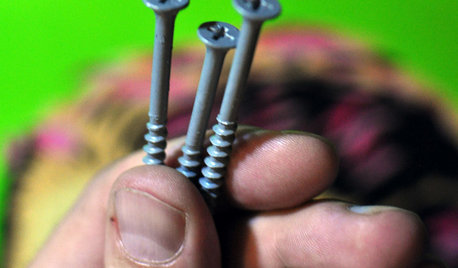
DIY PROJECTSThe Taming of the Screw
Learn the different types and uses of screws to pick the right kind for your next DIY or home improvement project
Full Story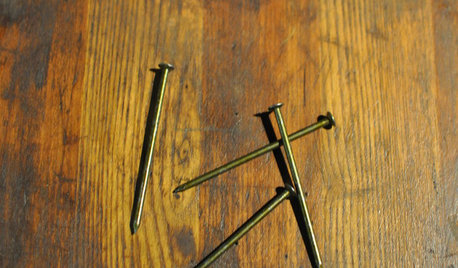
CONTRACTOR TIPSHow to Read a Nail
Learn basic nail types and their uses around the home — plus a historical tidbit you can share to sound like a pro
Full Story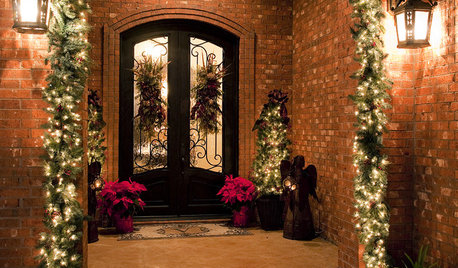
MOST POPULARA Contractor's Secrets to Hanging Holiday Decor
Hang a wreath or garland on brick, concrete, Sheetrock or wood the professional way — and avoid the potential pitfalls
Full Story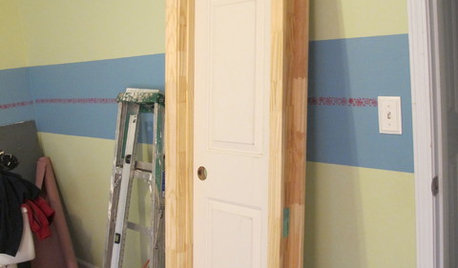
REMODELING GUIDESDIY: How to Install a Door
Homeowners who aren't afraid of nail guns can tackle their own pre-hung door project in a couple of hours
Full Story
REMODELING GUIDESFinish Your Remodel Right: 10 Tasks to Check Off
Nail down these key details to ensure that everything works properly and you’re all set for the future
Full Story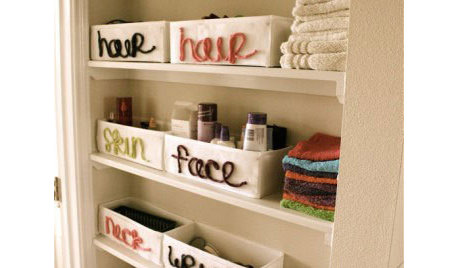
ORGANIZING8 Incredibly Clever Organizing Tricks
A tension rod under the sink; wire and nails in the closet ... these storage and organizing ideas are budget friendly to the max
Full Story
MATERIALSRaw Materials Revealed: Drywall Basics
Learn about the different sizes and types of this construction material for walls, plus which kinds work best for which rooms
Full Story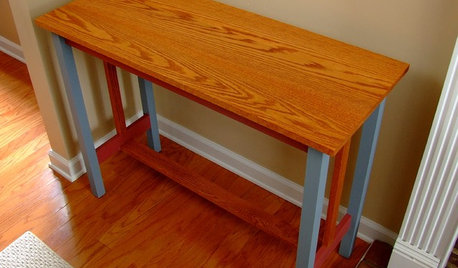
DIY PROJECTSPocket Hole Joinery, the Beginning Woodworker's Best Friend
Make a wide range of sturdy wooden pieces with just this little bit of know-how
Full Story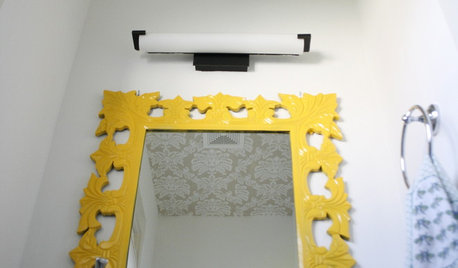
DECORATING GUIDESQuick Fix: Protect Your Mirrors!
See how a common carpet protector can save your mirrors, too
Full Story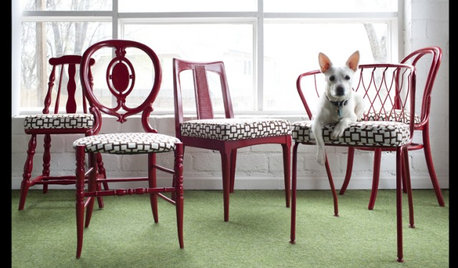
FURNITURECreative Collector: Spot a Vintage-Furniture Steal
Finding vintage furniture is easy, but is the price right? Get the best chairs, tables and more for your money with these guidelines
Full StoryMore Discussions






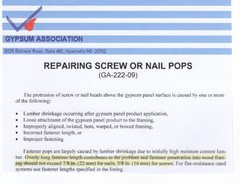


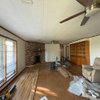


drywall_diy_guy